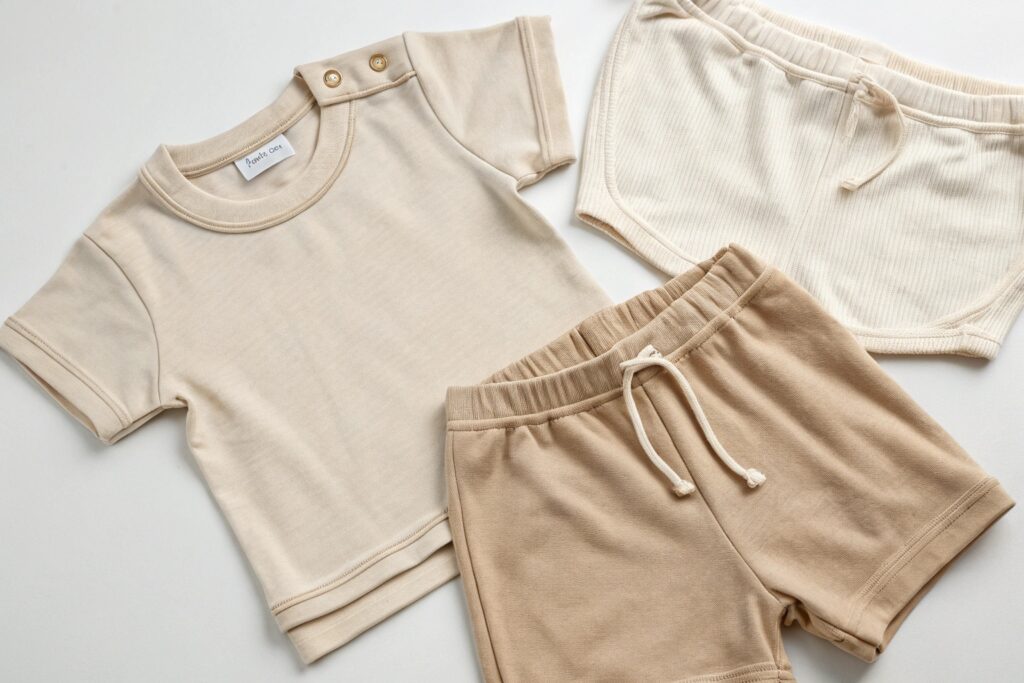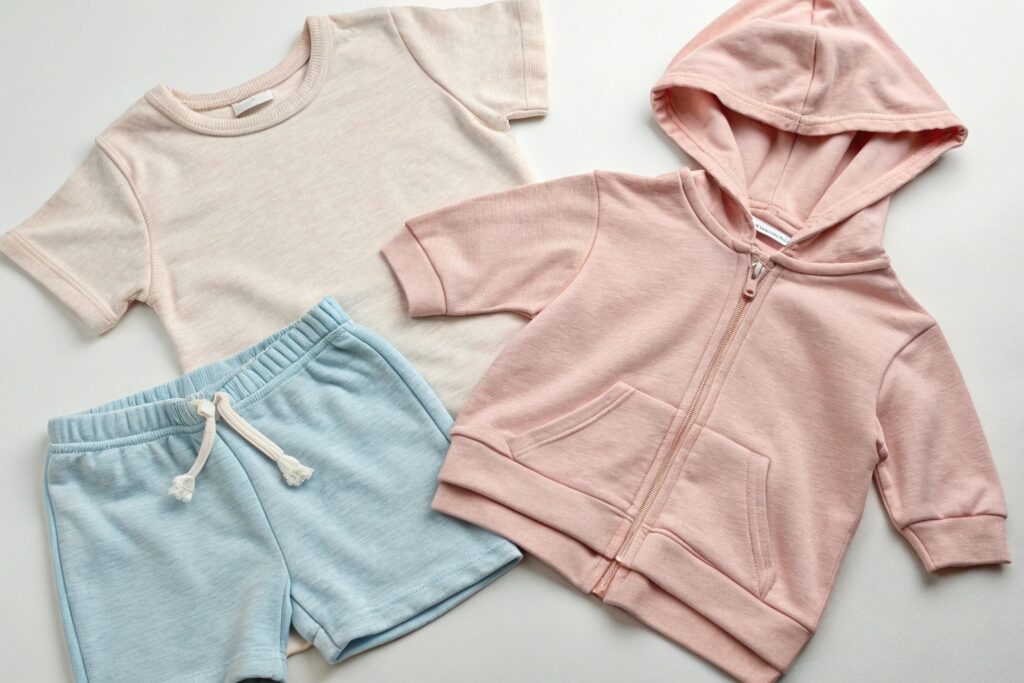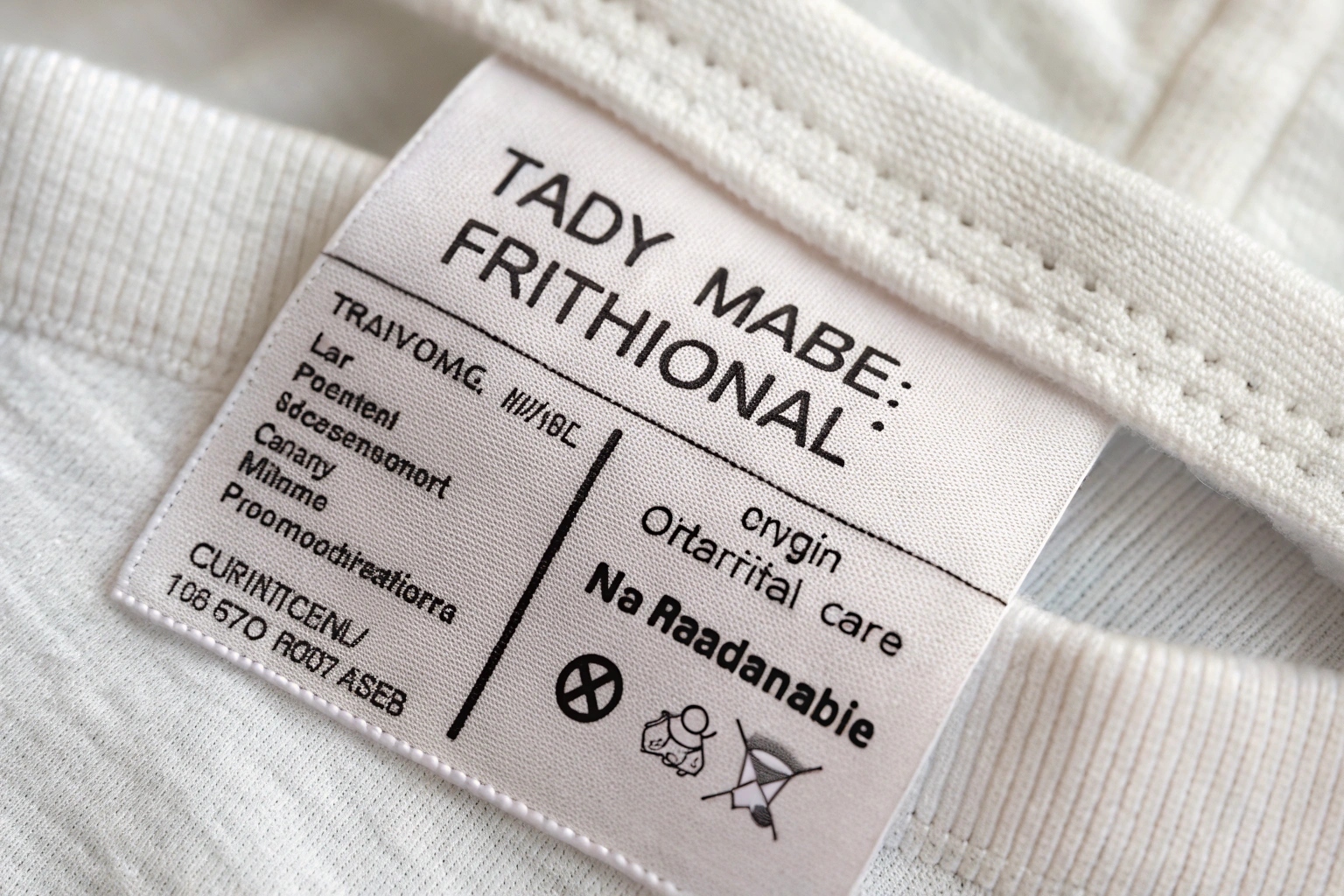One minute she's dressed, the next—she's naked in the living room. If your toddler keeps stripping down, you're not alone.
Toddlers often take off their clothes due to discomfort, sensory sensitivities, or a desire for control and independence. It's a common behavior that can reflect curiosity, learning, or unmet physical needs.
What feels like chaos to us is often a sign that they're growing, exploring, or trying to tell us something.
Common Reasons Toddlers Resist Wearing Clothes
Most toddlers go through a phase where clothes feel optional—especially at home. This behavior, while frustrating, usually has simple explanations.
Toddlers remove clothing because they feel hot, uncomfortable, restricted, or are simply seeking attention or independence. It’s usually a harmless part of growing up.

Why do toddlers suddenly dislike wearing clothes they used to love?
This change can seem abrupt—but for toddlers, it’s often about how the clothes feel in the moment rather than long-term preference. Possible reasons include:
- Temperature discomfort: Overheating causes them to instinctively cool off.
- New awareness: They suddenly feel textures or tight spots they ignored before.
- Mood shifts: Tiredness or hunger makes even minor irritations feel unbearable.
- Experimentation: Undressing becomes a new “game” they can control.
We’ve heard from buyers sourcing toddler clothing that parents increasingly want styles without interior tags or with softer elastic to reduce friction and encourage wear.
Is this behavior just about attention or defiance?
Often, yes. Toddlers are in a stage of asserting independence. Refusing clothes is a powerful way to express control over their body.
Parents might see it as disobedience, but toddlers may see it as:
- “I don’t want this now.”
- “Watch what I can do.”
- “This feels weird.”
The best approach? Stay calm. Reinforce routines. Offer choices (e.g., “Do you want the blue shirt or the green one?”). Giving control in small doses helps reduce power struggles over clothing.
Sensory Issues That Affect Kids’ Clothing Comfort
Some toddlers react more strongly than others to how clothes feel. For them, it’s not defiance—it’s discomfort. And it's very real.
Toddlers with sensory sensitivities may undress due to how fabric, seams, or tight spots feel on their skin. These reactions can be intense and hard to predict.

What signs suggest your toddler may have sensory discomfort with clothing?
Not all undressing is sensory-based—but certain signs point in that direction:
| Behavior | Possible Sensory Trigger |
|---|---|
| Pulling at collars or necklines | Fabric touching throat or jawline |
| Crying when sleeves are pushed up | Texture overload or temperature shift |
| Insisting on certain fabrics only | Need for consistent tactile input |
| Removing shoes or socks constantly | Over-sensitivity on feet |
| Meltdowns during dressing routines | Overwhelmed by layering or transitions |
We’ve worked with several children’s brands who’ve revised entire lines based on this feedback—removing center back tags, switching to OEKO-TEX certified materials, and adjusting rib bindings to avoid pressure points.
How can clothing design reduce sensory triggers in toddlers?
Choosing the right garment construction makes a huge difference. Some design tips include:
- Flatlock seams: These sit flat against the skin and reduce itchiness.
- Tagless labels: Printed care info prevents irritation on the back or neck.
- Natural fibers: Organic cotton and bamboo are more breathable and skin-friendly.
- Soft elastic waistbands: Avoid cutting into the belly or leaving marks.
At Fumao Clothing, we often use ribbed knit cuffs instead of stiff elastics for toddler styles. Buyers often request looser fits and midweight fabrics for children aged 1–3, to support better comfort during active movement and naps.
How to Choose Clothes Toddlers Will Keep On
You can’t force a toddler to love an outfit—but you can choose better options. The right clothes reduce resistance and increase daily harmony.
To reduce clothing battles, pick toddler clothes that are soft, breathable, easy to move in, and simple to put on. Letting your child help choose their outfit also helps.

What fabric and construction details help keep toddlers dressed?
Look for these elements when buying toddler clothes:
| Feature | Why It Works |
|---|---|
| Breathable knits | Reduces overheating and allows airflow |
| Loose-fit shoulders | Easier to slip on and off, less restriction |
| Stretchy waistbands | Moves with the body, avoids pressure points |
| Side snaps or front zippers | Simplifies dressing without head-pulling |
| Fun graphics or colors | Gives toddlers a reason to engage with clothes |
Clothing should feel invisible—not restrictive. If a child doesn’t notice the garment once it’s on, that’s a good sign.
At Fumao, we produce kidswear for clients in the U.S. and Europe who focus on “easy dressing” features. Many even request sensory-tested garments, especially for autism-friendly lines.
How do design and psychology intersect in kidswear?
Beyond physical comfort, there’s emotional buy-in. Toddlers want:
- Control: Let them choose between 2–3 options.
- Familiarity: Repeating favorite garments feels safe.
- Ownership: Helping pick, fold, or dress builds cooperation.
When clothing is designed with toddlers in mind—not just scaled-down adult styles—it becomes more wearable, and less of a fight. That’s where brand buyers focused on functionality win long-term.
When Undressing Signals a Developmental Phase
Sometimes, undressing isn’t a problem—it’s progress. As toddlers grow, they explore and test new abilities.
Removing clothes is often part of normal development, showing growing body awareness, independence, and self-help skills in toddlers.

When is clothing removal a sign of learning rather than resistance?
Toddlers start taking off clothes between 18–30 months as part of developmental milestones. It means they’re:
- Learning fine motor skills (pulling, tugging, unbuttoning)
- Gaining bladder awareness (often tied to potty training)
- Understanding body autonomy
So, a toddler removing her pants may not be rebelling—it could mean she’s beginning to understand when she needs the bathroom. Or she’s simply testing her physical limits.
If undressing is accompanied by positive behaviors—like trying to redress or staying calm—it’s probably a healthy learning step.
When should parents be concerned about excessive undressing?
While it’s usually normal, watch for signs like:
- Undressing only in public or unsafe spaces
- Aggressive reactions to specific clothes
- Signs of extreme distress or discomfort
- Persistent refusal over long periods (2–3 months)
If these occur, consider speaking to a pediatrician or occupational therapist. They can assess for sensory processing issues, anxiety, or developmental delays.
But most of the time, this behavior fades naturally—especially when children are given comfortable, easy-to-manage clothing that they enjoy.
Conclusion
Toddlers take their clothes off for many reasons—comfort, curiosity, control, or development. The key is to respond with patience, better clothing choices, and understanding. It’s just another step in growing up.










